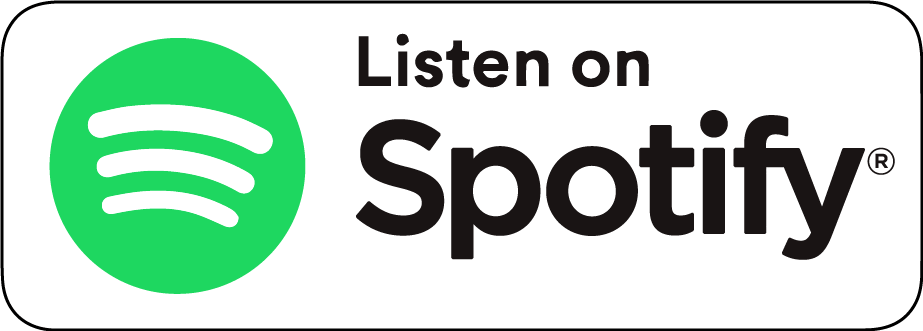For nearly two decades I’ve worked in some form of publishing. I was an editor of the school paper in high school, worked on a special youth-led publication for the local daily newspaper, majored in journalism in college, worked as a beat reporter, spent time as a staff photographer and photo editor for both a magazine and newspaper, freelance wrote for various publications, was a part of three start up publications (one print and two digital) and now work as a contributing photographer for a bevy of magazines.
In 20 years the one constant is that nothing has been constant. The industry is not static but extremely dynamic – ever changing, molding and shifting.
How publications are run, how assignments are handled, how staff members are paid, how content is distributed all have changed and changed again.
At nearly every newspaper and magazine I’ve worked at the editorial staff (who created the content) and the advertising staff (who sold ad space) was segregated from each other. The idea behind it was rooted in journalistic ethics – publishers wouldn’t want the editorial content to be influenced by the ad staff.
When I was working in college the editorial staff didn’t even get along with the advertising staff. The two groups would rarely talk to each other and practically never connect outside of work.
After all, the ad staff was forcing us to cut our editorial content so they could fit more ads they sold creating an adversarial connection.
Today however those lines have become blurred and in other times altogether erased. I’ve literally photographed magazine cover features of subjects who bought enough advertisements in the magazine to be rewarded with a cover while the editorial staff scrambled to pull together a story that convinced readers that there is still some resemblance of editorial integrity.
Some smaller publications have tried to further leverage this by targeting subjects like models directly requesting that the talents pay the staff photographer or photographers for the potential of being featured in the magazine. It is not even a guarantee – just a “potential.”
Paying for these features is the same as buying an advertisement for yourself – minus attempting to mislead the public into thinking you were worth being published (you just perhaps paid the most).
The price you pay for this is the price you pay to be boring. People who are not boring are able to get features based off themselves or their stories. It also robs the special meaning behind being published an when people discover that it was something you purchased instead of earned – it doesn’t matter how much you spent – it all of a sudden feels cheap to others.
James Patrick
IG @jpatrickphoto
jamespatrick.com



